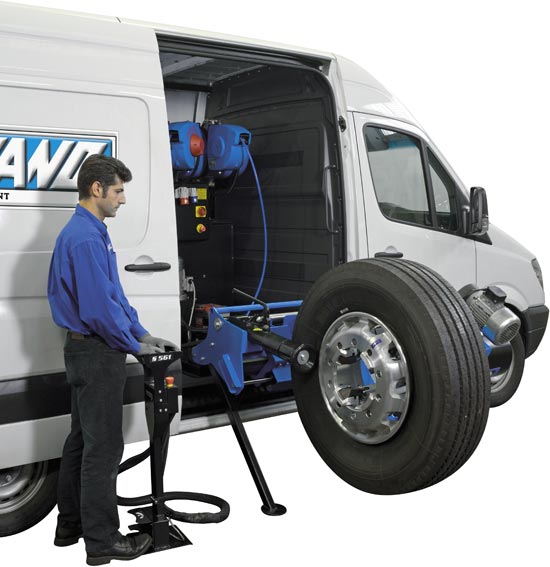Get Road-Ready with Professional GMC Tires Service at Morris Tires
Get Road-Ready with Professional GMC Tires Service at Morris Tires
Blog Article
Tire Service: The Influence of Climate Condition
When it pertains to making certain optimum performance and safety and security when traveling, understanding the effect of weather on tire solution is essential. From scorching heat to icy roadways, each weather condition aspect can significantly affect tire capability and general driving experience. By delving right into the effects of varying weather on tires, vehicle drivers can obtain beneficial understandings that might boost their vehicle's efficiency and durability. In this discussion, we will certainly discover the intricate partnership between climate condition and tire solution, clarifying the significance of weather-specific tire maintenance techniques and considerations.
Warmth and Tire Efficiency
When exposed to high temperature levels, tires experience modifications in performance that can dramatically affect automobile safety and handling. The warmth generated from prolonged driving or hot weather condition problems triggers the tire rubber to soften, leading to minimized tread life and raised wear.

Winter Effects
Cold climate problems can have a considerable influence on tire efficiency and safety. In cool weather, tires may likewise shed air pressure much more quickly, which can influence handling and gas performance.
To reduce the impacts of cool climate on tires, it is critical to frequently inspect tire stress and inflate them to the maker's suggested levels. Making use of winter months or all-season tires created for cold weather condition conditions can also improve traction and hold on icy or snowy roads. Appropriate tire maintenance, including routine examinations for wear and damages, comes to be a lot more vital during cooler months to make sure ideal efficiency and safety.
Rainy Issues Impact
During rainy conditions, tire performance and safety and security can be considerably affected by the wet roadway surface areas and minimized visibility. The step pattern of tires plays an important function in preserving traction on wet roadways. Tires with damaged treads are more susceptible to hydroplaning, where a layer of water develops up in between the roadway and the tire surface, bring about loss of grip. To fight this, vehicle drivers need to consistently check their tires for ample walk depth and think about purchasing tires specifically designed for wet problems.
Furthermore, wet weather condition can likewise decrease presence, making it challenging for vehicle drivers to see the roadway ahead plainly (GMC Tire Service). In such conditions, it is important to readjust driving rates accordingly and preserve a secure adhering to distance to enable sudden stops. Properly filled with air tires can likewise aid in maintaining control visit our website on wet roads by giving better handling and grasp
Snow and Tire Safety And Security
When driving in snowy conditions, having the best tires can make a considerable difference in safety and performance. Winter season tires are made with special rubber substances and step patterns to offer better grip on snow and ice contrasted to all-season tires.
It is essential to adhere to supplier instructions when installing and making use of tire chains to stop damages to the tires and lorry. By picking the right tires, keeping correct rising cost of living, and considering additional grip help like tire chains, chauffeurs can improve their safety and security when navigating snow-covered roads.
Weather-Related Tire Maintenance
Weather-related tire upkeep includes an array of techniques aimed at guaranteeing ideal tire function and long life in various climate situations. One key element of weather-related tire maintenance is tire pressure policy. Examining tire walk regularly and changing tires when walk wear reaches a certain depth is important for preserving my blog grip and stability in damaging weather.
Conclusion
To conclude, climate condition have a considerable impact on tire efficiency and safety. From heat affecting tire pressure and put on to winter lowering grip, it is necessary to consider the weather condition when maintaining and using tires. Stormy conditions can decrease grip and result in hydroplaning, while snow can raise the danger of crashes if tires are not appropriately equipped. Weather-related tire maintenance is vital in ensuring optimum efficiency and safety on the roadways.
In this discussion, we will discover the intricate partnership in between weather conditions and tire service, shedding light on the relevance of weather-specific tire upkeep techniques and considerations.

Report this page